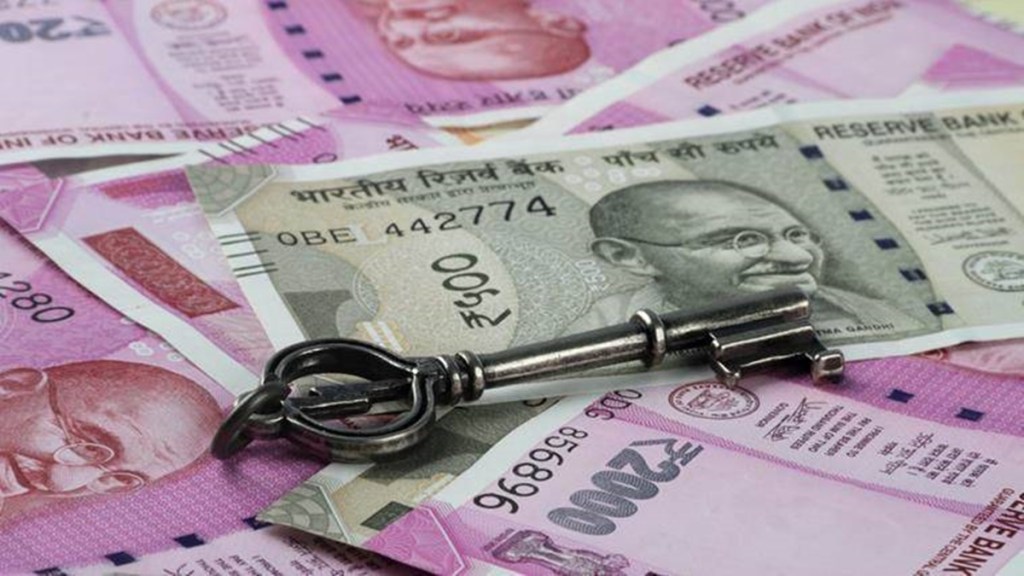A brewing fiscal tension between the Centre and some state governments appears to be on the brink of escalation. While it was already clear that the formation of the 16th Finance Commission by November would set the stage for a long trial, the Supreme Court may soon be urged to review the financial relationship between the Centre and states once again from the constitutional standpoint. The Kerala government is reportedly going to approach the apex court, against what it calls the Centre’s “arbitrary” decision to cut its market borrowings in the current fiscal year, to a level much below what the fiscal prudence law (FRBM Act) would have allowed. The Centre professes that it has been very generous with fiscal transfers to states. It has undertaken borrowings on behalf of the states to bridge the shortfall in GST compensation corpus and extended large capex loans to them in recent years. With increasing frequency, it is also front-loading tax devolution.
Many state governments, however, believe that their share of national fiscal resources have only reduced in recent years. To be sure, even the vertical share (tax revenue appropriated by all states combined) has shrunk, despite the sharp increase in the states’ part in the divisible tax pool. This is because the Centre sought to enhance the non-divisible tax revenues through the cess/surcharge route, practically beating the Finance Commission objectives. The states also find their hands tied, with stricter and expanding restrictions being imposed by the Centre on spending the central funds. Under the redesigned Centrally Sponsored Schemes, the Centre has given itself considerable power to structure the states’ spending patterns.
Also read: Provision on settlement with defaulting borrowers is not new, but it creates moral hazard
Apparently, the Centre is acting with the conviction that it better understands the nation’s development priorities and is a better manager of public finances, besides being the final custodian of the fiscal resources. Though it is undeniable that the final fiscal mandate lies with the Centre, facts don’t support that the Centre has been a better manager or user of public monies. Though the patterns may have varied over different periods, southern states have generally fared much better than the national average in terms of not only development outcomes, but in their “tax effort” and in relying on own-tax revenue. If the country’s tax-GDP ratio has seen no big improvement over the recent decades, despite considerable rise in per capita income, the larger part of the blame must go to the Centre, which wields greater taxation powers.
Neither are the so-called “centralisation” policies in harmony with Centre-state bilateral financial relations as set out in articles 268 to 293 of the Constitution of India. In May 2022, the Supreme Court clarified that the GST Council’s recommendations are not binding on Parliament and state legislatures, “both of which have simultaneous and equal power to make laws on GST.” Any fiscal step by the Centre that goes beyond settled positions of law amounts to reducing states’ fiscal powers. States’ budget spending, on aggregate, is 1.5 times that of the Centre, while the latter levies and collects more taxes. For tax legislation, the concurrent jurisdiction is deliberately inaccessible. This was why the 101st Constitutional Amendment Act provided an exemption by creating a unique provision for the Goods and Services Tax in 2016. The Centre would do well to take note of the fact that, except during a financial emergency, it can’t impose exacting financial propriety standards on states.

